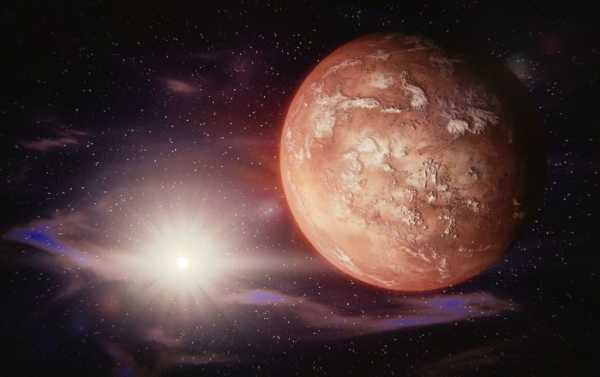
NASA’s Artemis programme, named after the Greek goddess of the Moon, is part of an ambitious effort to place astronauts on the lunar surface and develop an ongoing human presence there by 2024.
NASA’S ambitious Artemis programme aimed at returning astronauts to the lunar surface by 2024 has just been expanded even further, aiming to maintain a human presence on the Moon and, potentially, Mars after 2024.
A 13-page report titled “NASA’s Plan for Sustained Lunar Exploration and Development” was submitted on 3 April to the National Space Council, an advisory group to President Donald Trump that is chaired by Vice President Mike Pence.
The report mapped out a detailed justification for the project and offered key points towards its implementation.
While originally the programme was focused on putting humans back on the Moon and establishing an ongoing presence there by 2024, the new proposal would extend Artemis beyond its original deadline.
The report was accompanied by a statement from NASA Administrator Jim Bridenstine, which touted the new “great challenge” of space exploration: development of a sustained presence on and around the Moon.
Artemis Base Camp
The report focuses on Artemis Base Camp, intended as a long-term foothold for lunar exploration. One suggested location for the future base has been Shackleton Crater on the Moon’s south pole.
The Camp – projected to be a surface habitat hosting four astronauts for visits of possibly a week – in the long term would require additional infrastructure, says the report, for power, waste disposal, communications, radiation shielding, and a landing pad.
Artemis Base Camp would be provided with two mobility systems: a lunar terrain vehicle for transporting astronauts and a habitable mobility platform that could ferry the crew away from base for trips lasting up to 45 days.

SpaceX Launch to ISS
Gateway to Mars
Also mapped out in the report is a plan to use a moon-orbiting waystation, called the Gateway, to send four-person crews on simulated missions to Mars that might last months.
Explaining the importance of these practice missions that would mimic the duration of a journey to Mars, the report states:
The report wraps up by emphasising the long-term target for Artemis is to indulge in extensive moon-specific science as well as preparing for the exploration of Mars.
The Artemis Mission
NASA’s current Artemis programme incorporates several major components of other cancelled NASA programmes and was named after Artemis, the Greek goddess of the Moon and twin sister to Apollo, whose namesake programme first brought crews to the Moon in 1969.

Vice President Mike Pence, center, makes remarks as NASA administrator Jim Bridenstine, back left, and Apollo 11 astronaut Buzz Aldrin listen during a visit to the Kennedy Space Center in recognition of the Apollo 11 anniversary
In March 2019, Vice President Mike Pence called on NASA to hasten its lunar initiatives, spurred by US President Donald Trump, who has repeatedly pushed NASA to return to the lunar surface.
In December 2017, President Donald Trump signed his administration’s first space policy directive.
NASA chief Jim Bridenstine previously said President Trump’s desire to put humans back on the Moon provides a chance to test key tech before missions to land on Mars, which NASA hopes to launch by 2033.
Sourse: sputniknews.com






